Magento is a prominent e-commerce network that comes with loads of amazing and valuable features. It is extensively used by traders around the globe. When you are running an online store like Magento, you need to treat significant and confidential details about your clients very carefully. Though Magento is already packed with sufficient built-in safety tools, you must implement the best security practices for better protection of your Magento store.

There exists a compulsory Magento security procedure that is strictly enforced by Payment Card Industry Data Security Standards (PCI DSS) for the handling of consumer’s credit card information. It is vital for you to protect both your info and the details of your clients as it enables you to retain a trustworthy rapport with your shoppers and do away with undesirable interruptions to your business due to security breaches.
Let us check out the top 16 Magento security practices that you should implement to safeguard your online store and customer data from being attacked by malicious actors.
[bctt tweet=”Magento is a prominent e-commerce network that comes with loads of amazing and valuable features. #Magento” username=”techbooky”]
1. Use the newest Magento version
You may have heard several times that the latest edition of Magento is not the best one, and that the older ones are more stable. This is because people assume that Magento’s new update is not thoroughly tested. This is not really true, and the platform developers use the new versions to provide new features and solve prior Magento security problems using better and more secure code. Therefore, keeping your online store in line with the newest edition of Magento patches is important. When a stable update is out, you can conduct the Magento screening before its deployment.
2. Change the admin panel path
You can reach your Magento admin panel by heading to my-site.com/admin. However, it is pretty easy for cybercriminals to access your Magento admin login screen and launch a brute force attack.
You can avoid this by replacing /admin with a personalized word (e.g., “Football fun”). It also stops attackers from accessing your Magento admin login page even though they somehow have managed to get your password. You can modify your Magento admin route as follows:
- Magento 1 – change local.xml file
- Magento 2 – alter env.php file
3. Install an SSL certificate
Whenever you transfer information over an unsecured network, such as your login information, there are possibilities of that data being compromised or attacked by hackers. This interception can allow attackers a sneak peek into your credentials. Therefore, you need to use safe Magento communication to avoid these problems.
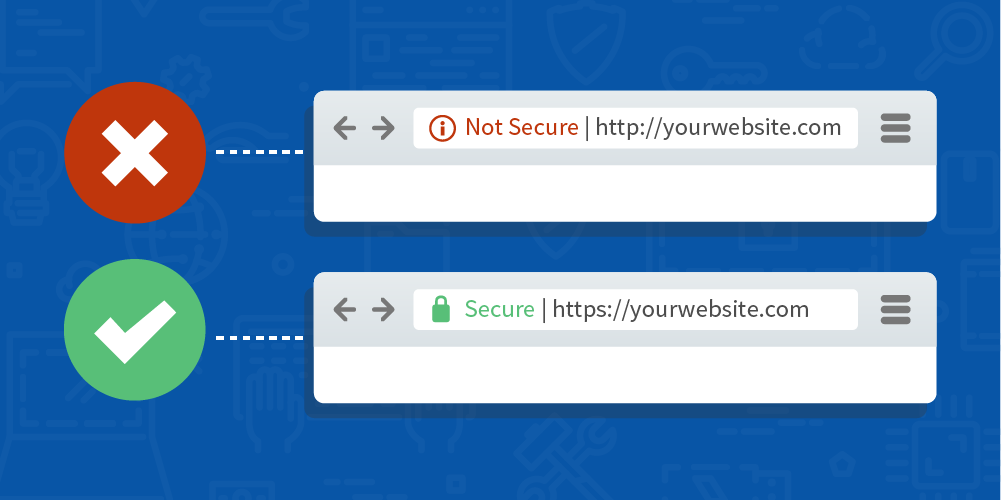
In Magento, you can have a stable HTTPS/SSL URL by simply clicking the ‘Use Secure URLs’ section in the device settings menu. It is also one of the main components of making your Magento website comply with PCI information safety norms and in protecting your online payments.
If you are managing multiple subdomains under the umbrella of single domain, then you should use a wildcard SSL certificate to protect all your subdomains with a single certificate.
4. Include Magento reCAPTCHA
You should not neglect the addition of reCAPTCHA to your e-commerce store, which plays a crucial role in protecting your online store. It is used to avoid fraud and prevent your shop from cybercriminals. ReCAPTCHA will decide if the user who is attempting to login into your store is human or a machine, and it will not move forward if it is not deemed to be human.
5. Leverage secure FTP
One of the most widely used methods to hack a website is by anticipating or intercepting FTP codes. You can use secure passwords to avoid this from occurring to you and utilize SFTP (Secured File Transfer Protocol) that requires a secret key document to decode or verify a user.
6. Back up your data
It is also necessary to have a working backup method. This means getting a regular offsite backup program and backups that can be downloaded. If your site gets compromised for some reason or even if it collapses, a backup plan will guarantee that you do not experience any service interruptions.
You can avoid loss of data by saving website backup files at an off-site destination or organizing backups via an online backup service. Data backup leads to limited data loss.
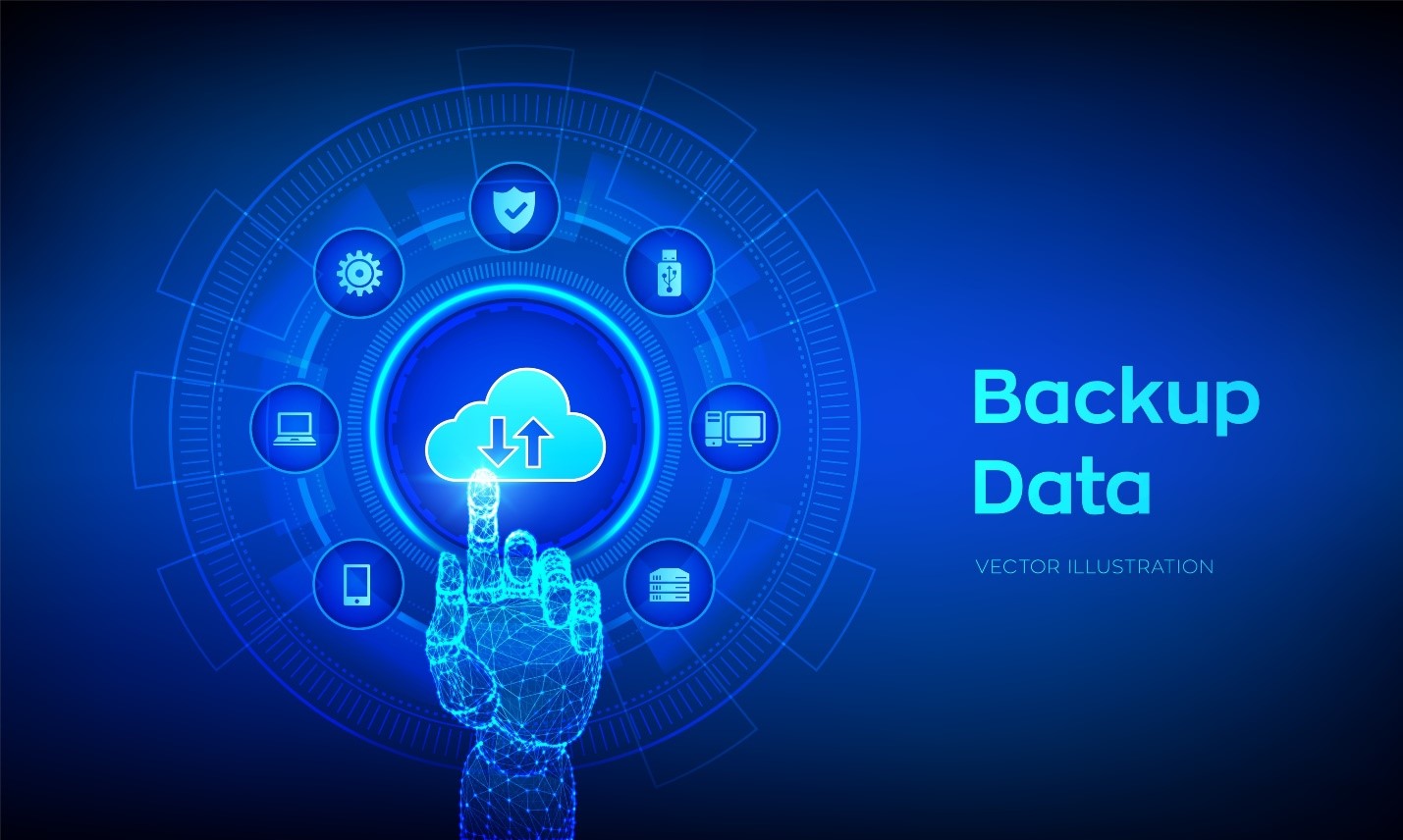
7. Make use of Two-factor authentication
A highly effective Two-Factor Authentication (2FA) feature is provided by the Magento 2 site, which gives an additional form of secrecy to keep access to your store more secure. It only enables verified devices to access the Magento 2 backend by utilizing four different types of verification systems.
The built-in Magento Two Factor Authentication (2FA) feature helps you to improve the safety of your Magento login page by utilizing your phone’s password and verification code. Make sure you only exchange the code with approved individuals, who you authorize to use it to enter the login page of Magento 2.
There are several other Magento plugins that include (2FA) so that you no longer need to think about Magento security problems associated with passwords.
8. Communicate with Magento team
Magento has a strong group of technologists that are readily available to support you in the moment of need. You can check for and post questions about Magento or its functionality regarding any security problems. Security updates on different editions of Magento are also released by the Magento group members, so watch out for those as well.
9. Deactivate directory indexing
Another way of enhancing your Magento store protection is to deactivate directory indexing. Once the directory indexing mode has been disabled, you can securely cover up the numerous routes through which your server files are accessed.
10. Choose strong Magento store passwords
A strong password is crucial for protecting your online store. If you use a weak password then you yourself are inviting an attack on your site. That is why you should devote extra attention when deciding on a password. You must use a mixture of uppercase and lowercase alphabet letters, numerals, and special characters to make your password strong and impossible to guess.
11. Add a protection key to Magento Admin page
In your Magento 2 site, you can conveniently attach a hidden key to URLs. The key will permit only the intended individuals to access the admin panel, keeping cybercriminals at distance.
12. Remove E-mails ambiguity
Magento offers its customers a good password reset service via its pre-configured email account. If that email ID gets compromised, your entire Magento shop becomes insecure. Therefore, you have to ensure that the email address you are using for Magento is not openly available and that it is secured with two-factor authentication (2FA).
13. Acquire a good hosting plan
For any e-commerce company, shared hosting is not a suitable choice. Sometimes, you may think that shared hosting is a wise choice for Magento businesses to save money but going with shared hosting implies that you risk the security of your Magento shop.
Dedicated single server hosting may also not be the alternative, since you would be limited to one server only – this may tend to be inadequate for your growing requirements. It restricts your resources, and the site will collapse if there is an unexpected increase in your Magento site’s traffic.
Our advice is that you should consider opting for a controlled Magento hosting service, with replication and elastic growth features – one that ensures stable protection with regular server-level updates.
14. Avoid MySQL injection
With its updated models, Magento offers outstanding support to take down any MySQL injection assault. Though, it is not the best strategy to depend solely on them. To safeguard your website and your client’s data, you should install web app firewalls.
15. Install only trustable Magento extensions
As your e-store has a range of extensions to bolster its interface, the protection of your Magento store can often be compromised. If any of the installed extensions are not built in compliance with the recommended security standards of Magento, it will assist hackers to access and exploit your shop.
16. Conduct a Magento security review
Programmers at Magento are not necessarily security specialists. Yeah, all of them are excellent at writing codes, but few of them are familiar with the complexities of Magento site safety. Therefore, you should have your website analyzed for obvious flaws and security weaknesses once (or maybe, multiple times) a year.
Conclusion
Clients really enjoy and appreciate purchasing things on a reliable online site. Therefore, when running a Magento store, you should not ignore the significance of its security. Because if you will neglect the protection of critical customer data, the revenue output will surely be decreased, with lost reputation and customers. Follow the above-mentioned best security tips to enhance the security of your Magento store.




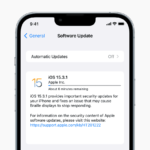


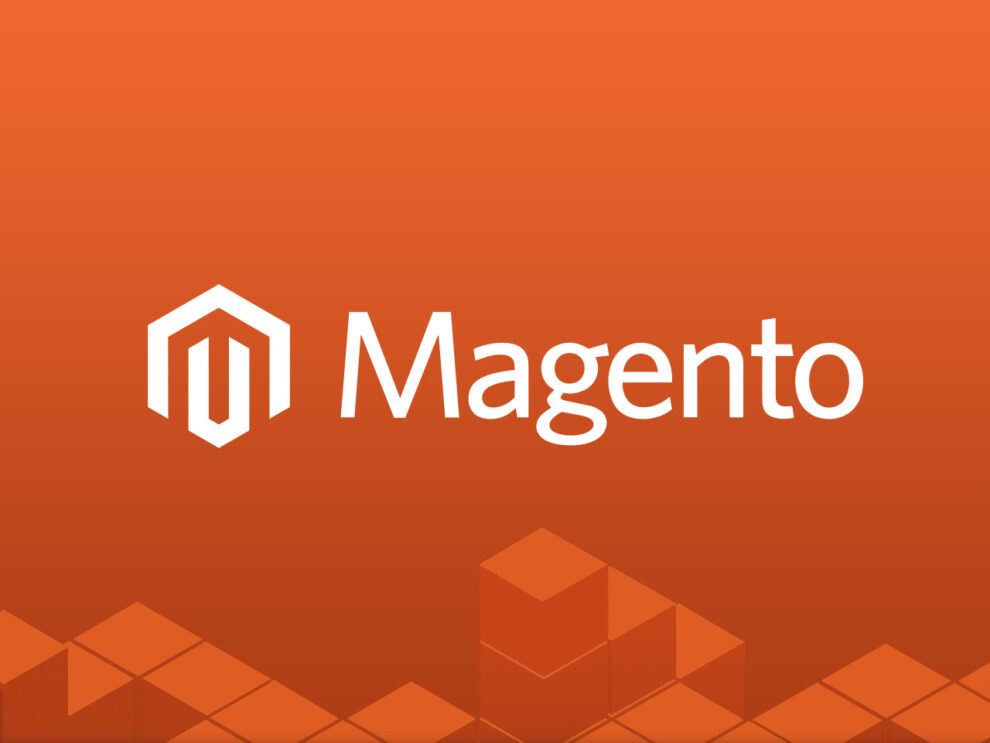





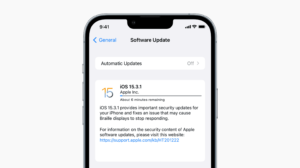
Add Comment